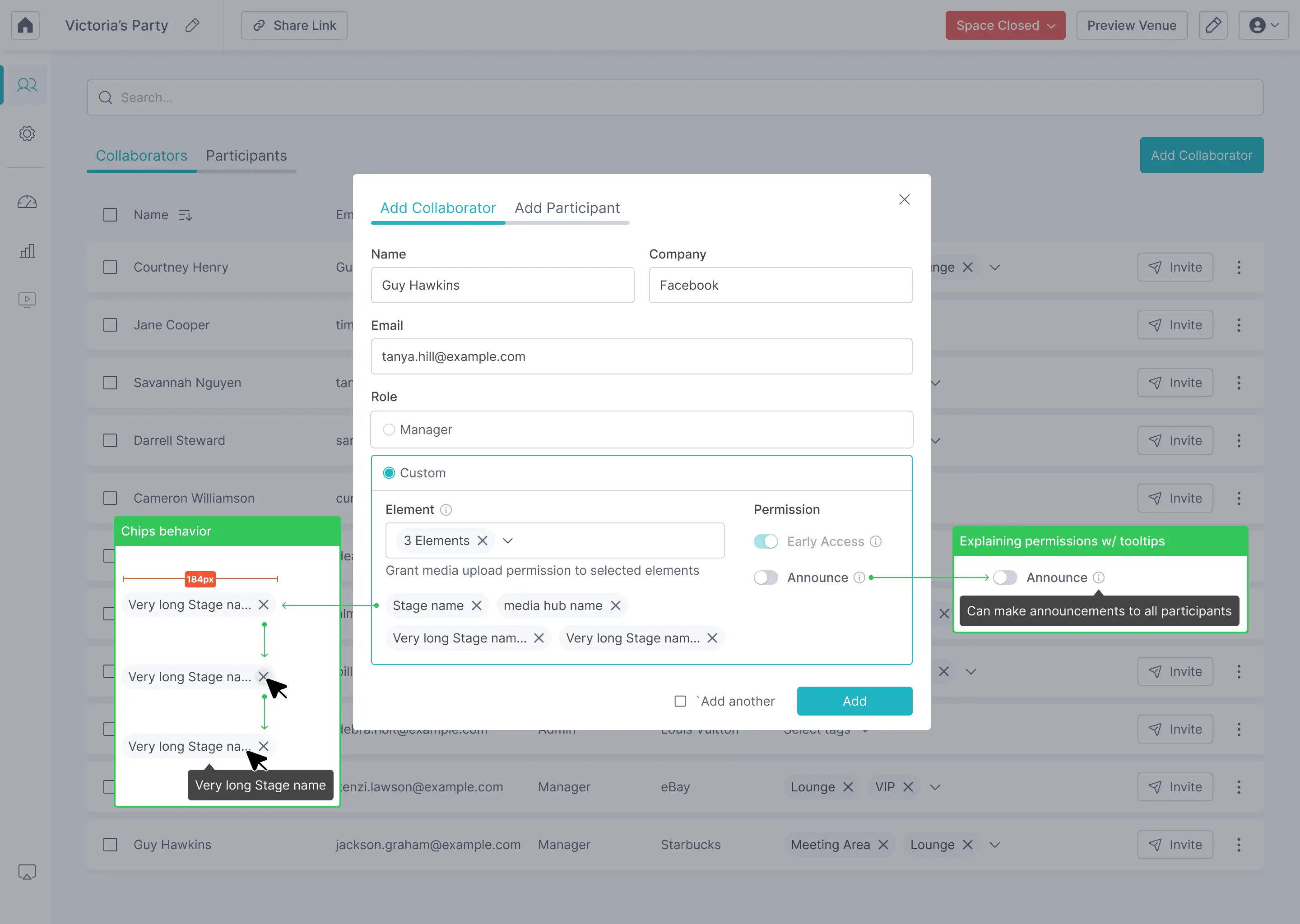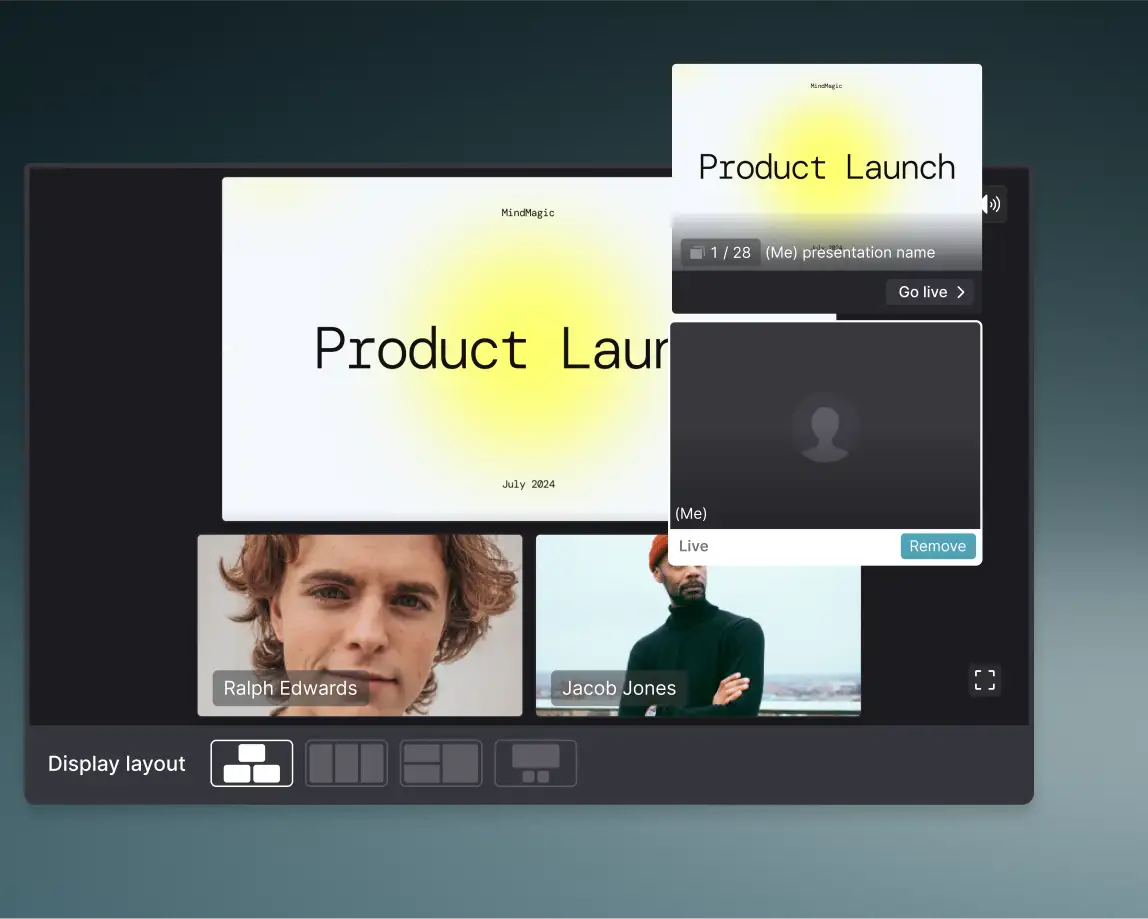Complex Roles to Flexible Permissions
Should you fix the problem quickly or address it once and for all?
I want to share my approach to handling requests from customers or company employees.
Overview
Redesigned permissions management system for complex SaaS environments. Empowers users to create and customize roles with granular permission control.
Overview
As the sole designer at Meetaverse, I was responsible for all aspects of design.
Timeline
2024
Overview
Redesigned permissions management system for complex SaaS environments. Empowers users to create and customize roles with granular permission control.
Role
As the sole designer at Meetaverse, I was responsible for all aspects of design.
Timeline
2024
The problem
I received a request to add another role to the collaborator popup modal in the system. This role would combine specific capabilities that previously existed separately.
Email message
Why It's Problematic?
The list of roles on the platform has inflated and become confusing, there is a lack of understanding of user roles.
As a result, we are wasting time and money on training and support.
Each personal training session with a customer lasts at least half an hour.
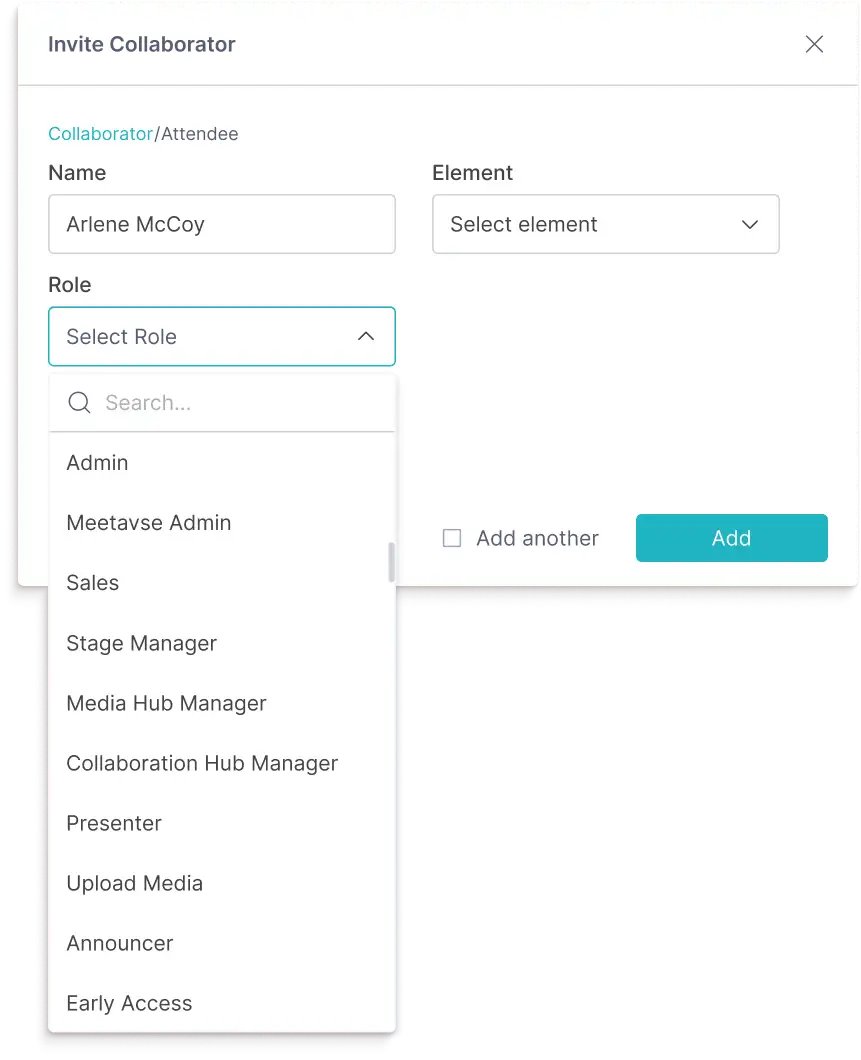
The old popup modal
My Approach
To change the perception of the problem, I presented my colleagues with a possible solution, considering the development effort, cost and impact.
Quick Fix
Find the root cause
Prioritizing Sustainable Solutions
While a quick fix might have temporarily satisfied the customer, it would have only exacerbated the underlying problem.
Instead, I chose to invest the time and effort to address the issue at its root, ensuring a more sustainable and user-friendly solution for the entire platform.
Research
To understand the root cause of the problem, I conducted research that included:
1 On 1 Interviews
With customer managers: Employees who work closely with customers before and during the event.
Monitoring events
Observing event management: Watching how selected customers manage events.
UX and Flow
Defining and classifying roles and responsibilities within the products.
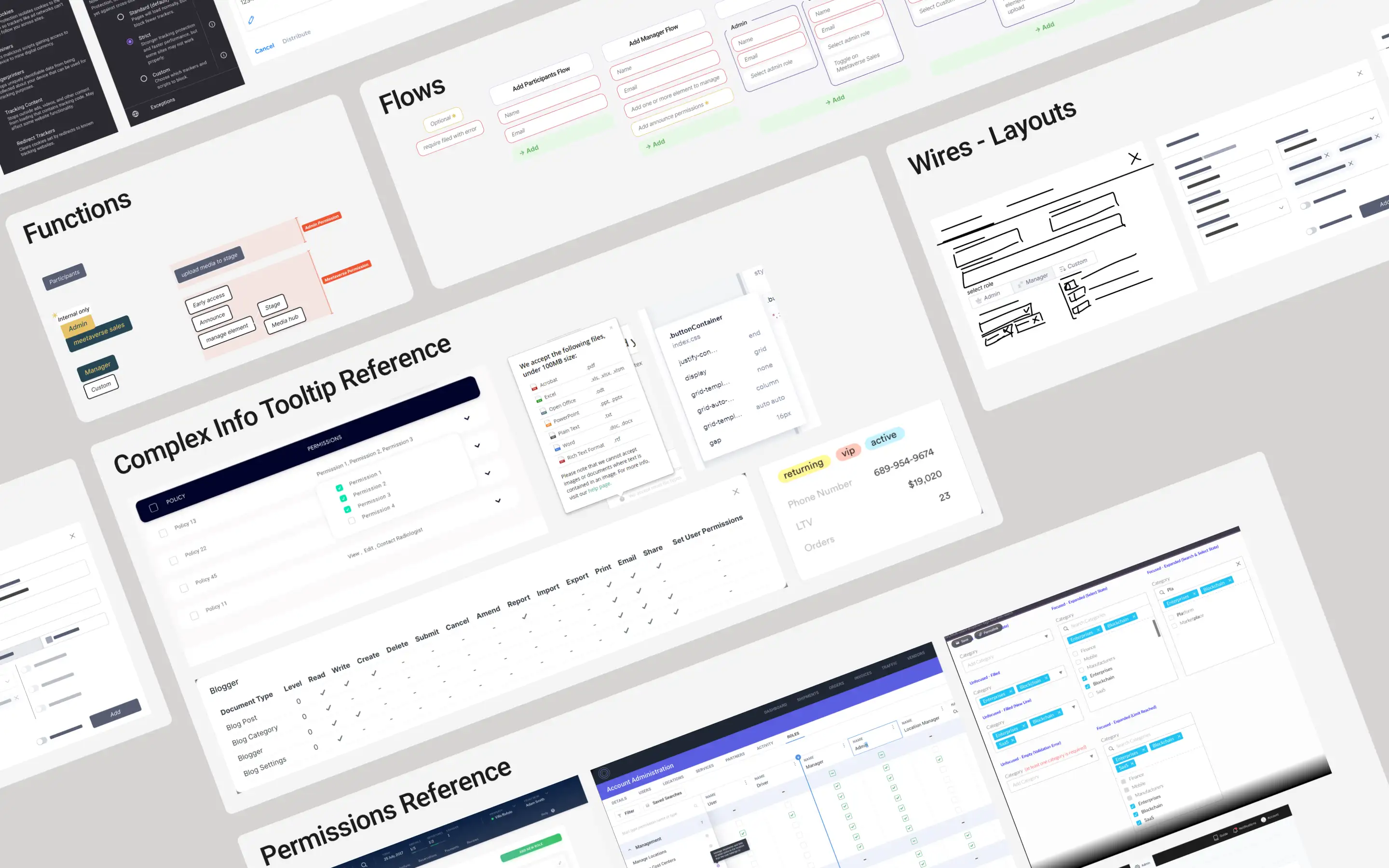
1 On 1 Interviews
With customer managers: Employees who work closely with customers before and during the event.
Monitoring events
Observing event management: Watching how selected customers manage events.
UX and Flow
Defining and classifying roles and responsibilities within the products.

Research Insights
Due to evolving user needs and requirements, a customizable permission system is essential. Flexibility is crucial to adapt to changing needs.
We must avoid accumulating roles over time, as this impacts usability and experience.
1. Flexible Role Architecture
2. Distinction Between Roles
3. Role Complexity
4. Clarity of Abilities
The Solution
A new permission-based system with a limited number of categories to significantly improve the clarity of permissions.
Why Permissions?
A permission-based system is more flexible and allows for a better understanding of all the system's capabilities.benefits of a permission-based system:
- Improved clarity
- Increased flexibility
- Reduce development effort
- Improve user experience
The Biggest Change: "Small" Roles
Reducing the number of roles from 12 to 2, each can have permissions added and removed as needed. In addition, the scalable design accommodates future needs.
Old roles

New permissions
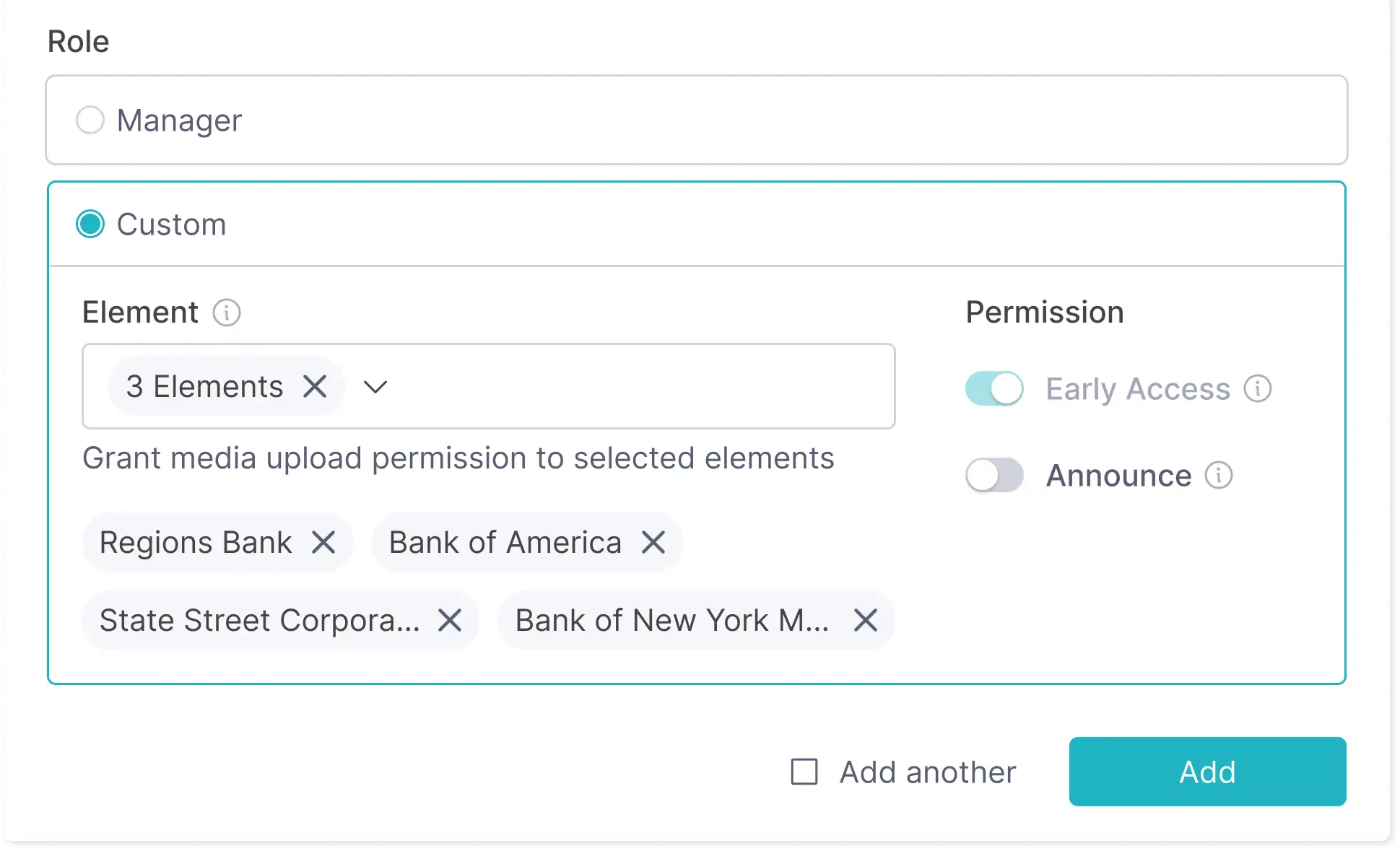
Role number compression
Impact
Short-Term Impact
We saw positive feedback and a significant increase in users with permissions.
Long-Term Impact
Scalability: An entire section related to training in the permissions modal was added.
The solution was part of an effort to change the platform for self-use, in addition to reducing the effort in support and training.
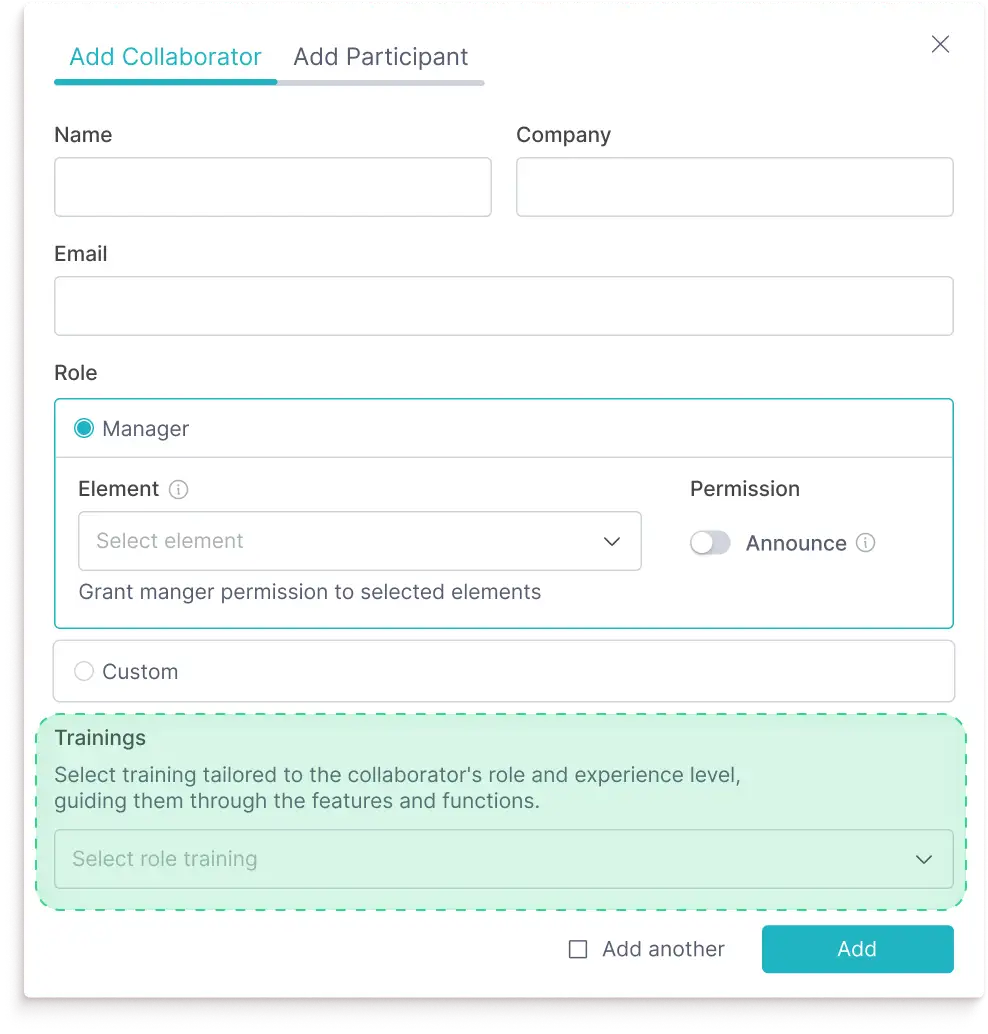
New section 'Training' added retroactively



